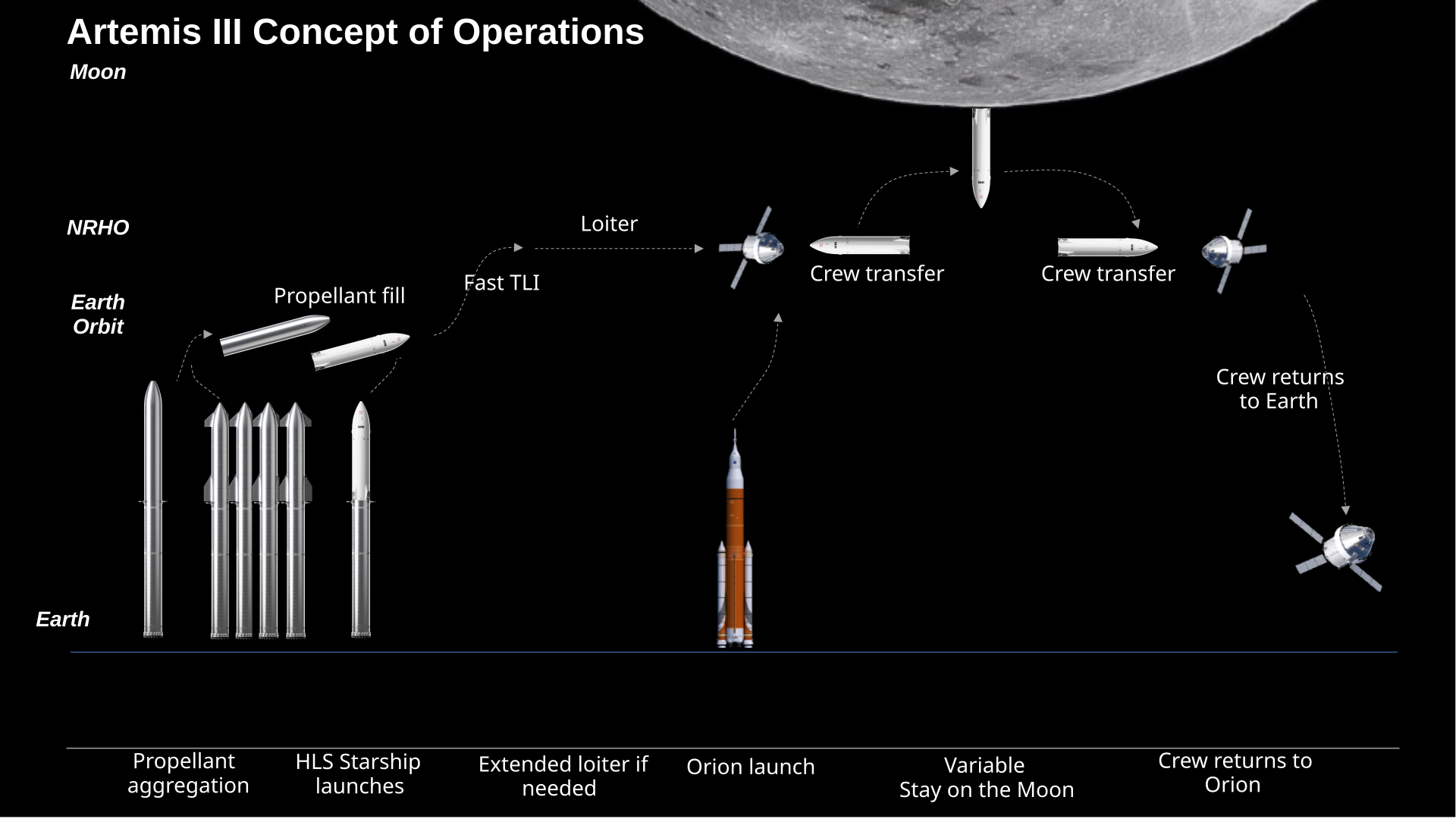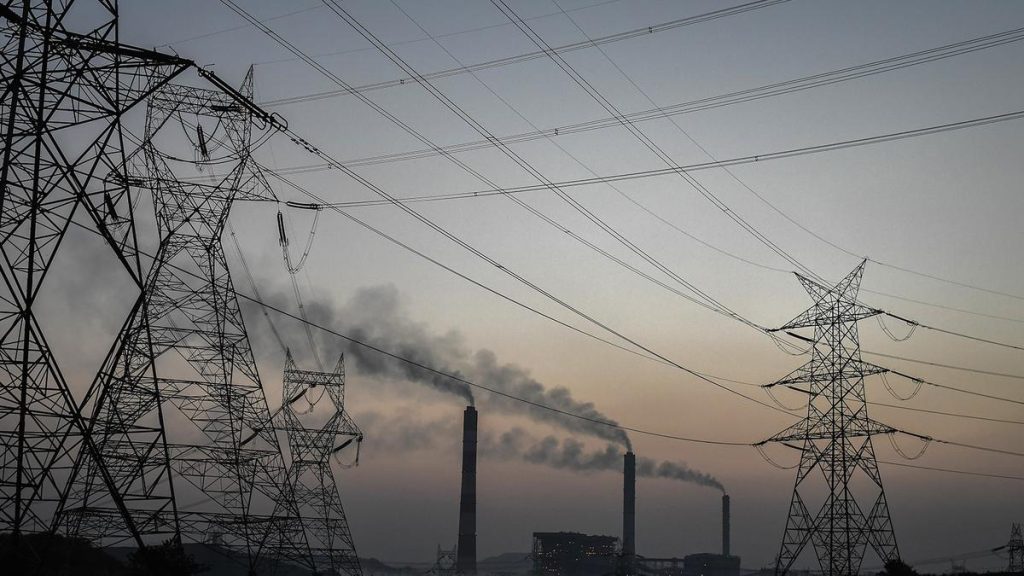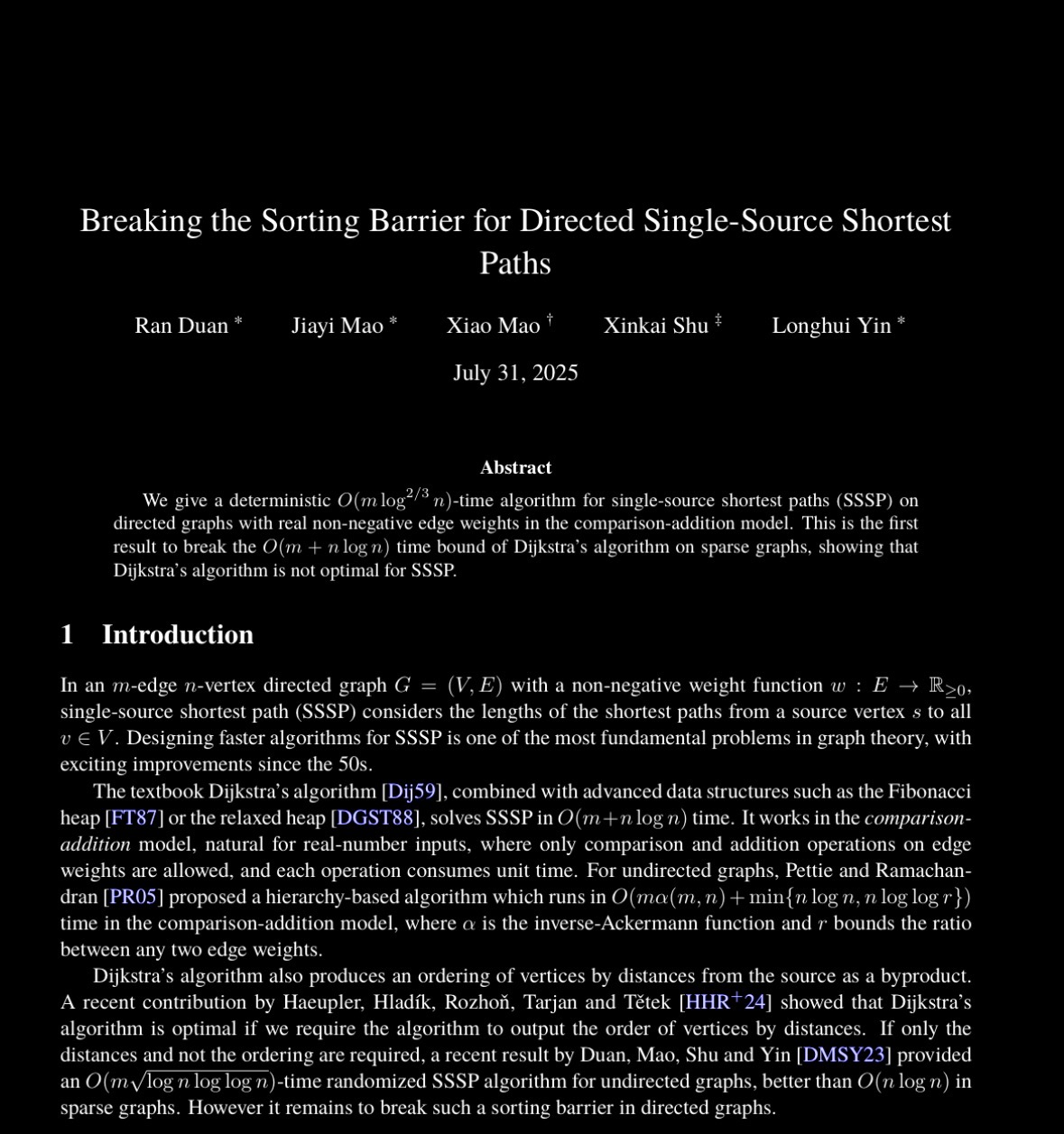Now Reading: SpaceX Confirms 2027 Moon Landing Goal with NASA’s HLS Program
-
01
SpaceX Confirms 2027 Moon Landing Goal with NASA’s HLS Program
SpaceX Confirms 2027 Moon Landing Goal with NASA’s HLS Program

Quick Summary
- SpaceX President Gwynne Shotwell assured NASA Administrator Sean Duffy that the Human Landing System (HLS) variant of Starship for Artemis 3 remains on schedule for a 2027 lunar mission.
- Artemis 3’s primary goal is too land two astronauts on the Moon’s south pole for a week-long stay,including up to four moonwalks.
- Key steps in Artemis 3:
– NASA’s SLS rocket will launch the Orion crew capsule toward lunar orbit.
– The SpaceX Starship HLS, pre-positioned in lunar orbit, will dock with Orion.
– Two astronauts will transfer to HLS for surface operations and return to Orion afterward.
- Milestones necessary for success:
– SpaceX must complete in-orbit refueling demonstrations, uncrewed test flights to and from the Moon, life support system tests, and design reviews by late 2026.
– NASA’s prerequisites include heat shield fixes for orion and a successful Artemis II crewed flyby of the Moon by April 2026.
- Budget: NASA allocated $4.9 billion toward developing and operating HLS through post-mission assessment.
- Meanwhile, NASA plans to deploy a nuclear reactor on the Moon by 2030 as part of its broader lunar base infrastructure.
Indian Opinion Analysis
The assurance from SpaceX regarding its adherence to timelines for Artemis 3 is significant as it reinforces international confidence in public-private partnerships advancing space exploration. India’s own advancements in lunar science through its Chandrayaan missions align closely with this global momentum toward sustained human presence on celestial bodies like the Moon.
The project underscores challenges associated with ambitious timelines involving complex systems like SLS-orion and Starship HLS. Potential delays could impact subsequent missions under Project Artemis. India can derive strategic inspiration hear by strengthening collaborations under platforms such as ISRO’s Gaganyaan program or exploring partnerships like those afforded by global Lunar Gateway proposals.
Moreover, deploying nuclear energy systems reflects growing international interest in durable power solutions crucial to long-term extraterrestrial research bases-a concept relevant if India plans future participations via sustainable energy development programs tailored for space habitats.























